Music I’ve bought in October.

Hey, that’s a lot of music all of a sudden — and most of it arrived a couple days ago, so I’ve only listened to most of these just a single time.

I’m using a forwarding service so things have a tendency to arrive all at once… Xmas in October.

The final Bowie box set is, er, not the most interesting one, to put it mildly, but I really enjoyed the Live in Montreaux discs — it’s a three hour concert, and it ends with them performing Low in its entirety! As a second encore! Bowie’s such fun.
I also enjoyed the remaster of Reality. Now, I’ve never liked that album much. I mean, even Bowie’s worst albums have some good tracks, and that’s true with Reality, too, but even so I’ve always found the album wholly bleh. It was originally mastered in typical 2003 fashioned — absolutely bricked, with no dynamics. The remaster is a typical 2025 remaster: Lots of dynamics, “separation”, and it bumps the bass a lot. That normally is pretty horrible, but it really suits Reality, and I found myself liking the album for the first time.
Opinions differ. Ahem. From Parlophone Finally Finishes Ruining David Bowie’s Catalog Mastering:
The original Heathen and Reality masters have a bit of top end glassiness, but they’re much better than John Webber’s new remasters in the box set (inevitably soon to be released individually). The remasters have an egregious bass boost, dried out atmospheres, and suffocated midrange transients. It sounds like a bad smiley-face EQ preset on your phone; was it “take your deaf toddler to work at the console” week at AIR Mastering?!

I bought the Joni’s Jazz four CD box, and man, it’s very strange. It has a handful of unreleased tracks, but it’s like 90% album tracks. And has over 60 tracks, which means that it has about a third of all the songs Joni Mitchell ever wrote? So it’s more of a career retrospective than anything else, and I don’t begrudge her doing something like that, but…
It’s just so badly sequenced.
Mitchell has always been mad at people for enjoying her earlier stuff more than her later stuff. She started being mad at people for that in the early 70s. And back then, it was warranted, because her greatest stuff was still to come. But then it stopped coming, and by the 90s, she was still writing pretty good stuff (and stuff that’s been undervalued), but it’s just not as good as Hissing Of Summer Lawns.
This collection is heavy on the later stuff, but is apparently randomly sequenced, so you have (as a random example) Sex Kills followed by Edith And The Kingpin, which just reminds you that Sex Kills isn’t as good as Edith And The Kingpin, in case you’d forgotten.

I’ve also been trying to buy more 70s albums I’ve never heard before! Not just box sets of stuff I’ve already heard! I know! It’s possible!
I’m veering into MOR-adjacent territories, which is scary, but there was a lot of good stuff back then…
But it’s possible to buy new music, too, I guess. Let’s see… what stood out from this month’s batch…
I’ve been buying all the stuff from Nia Archive’s record label, Up Ya Archive, and it’s all good.
I also bought the album by The New Eves. They’ve been hyped a lot, but I think I quite like the album? I’ve only had time to listen to it once, mind you.
Like everybody else, I quite like the Yasmine Hamdan album.
And also like everybody else, I like the Automatic album.
I’m not sure about the new Water From Your Eyes album. The first album was an immediate classic, but this one isn’t. I mean, immediate. But perhaps I’ll love it after hearing it a few more times. (The album also suffers from not having a cover by Nicole Rifkin.)
One of my favourites ever, Nobukazu Takemura, finally has a new album out. It’s been a decade since the last one? I think it’s good, but I’m not sure.
I finally bought that DJ Sprinkles album everybody’s been talking about for years, and it’s fine?
The Lencinho album is good…
I’ve been a huge fan of Sudan Archives since her first EP, but the new album? THE BPM? I think it’s kinda boring. But again, only listened to it once.
I saw Agriculture live earlier this year, and they were awesome. I think the new album is good?
And that’s everything I can remember about this set of albums.

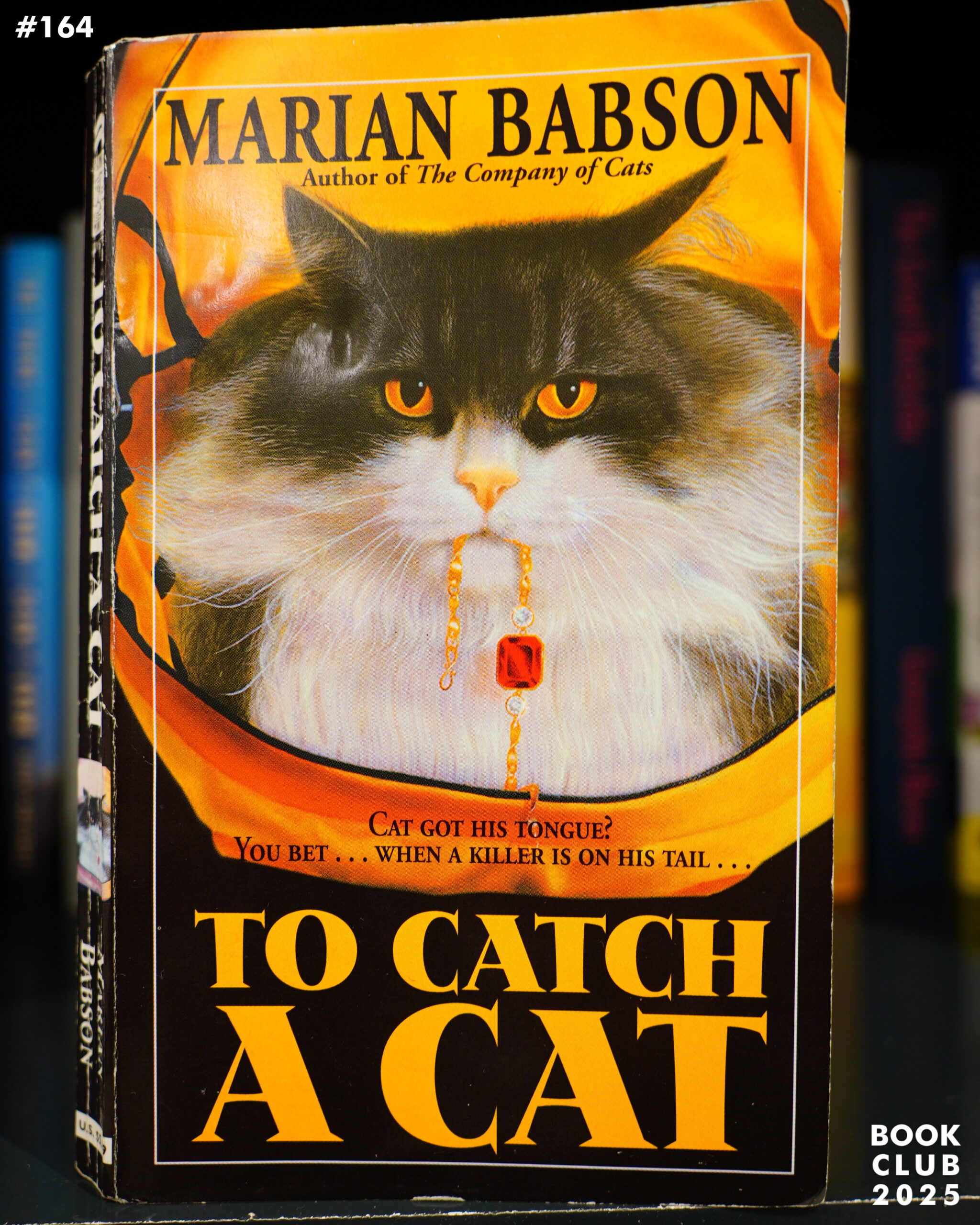
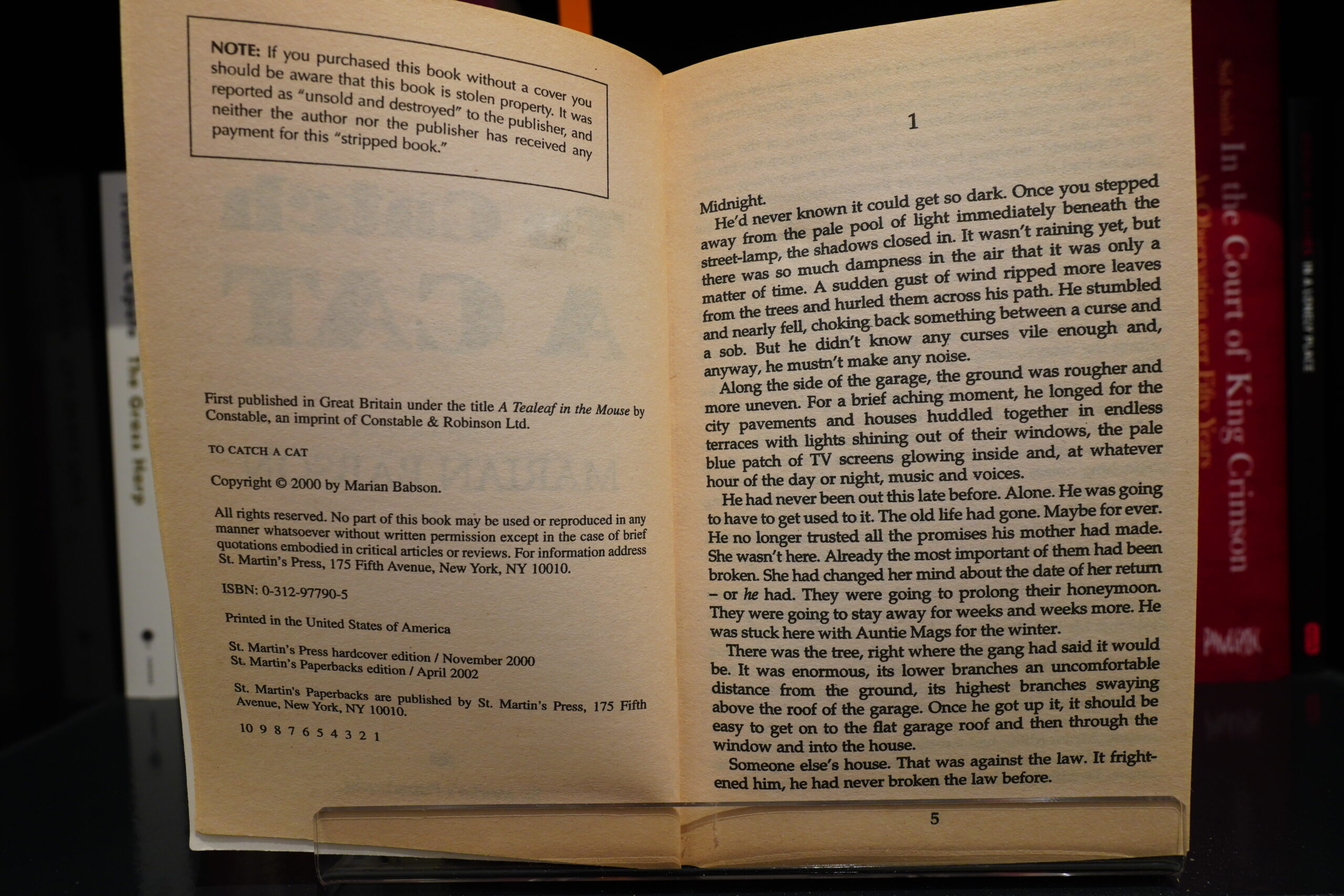
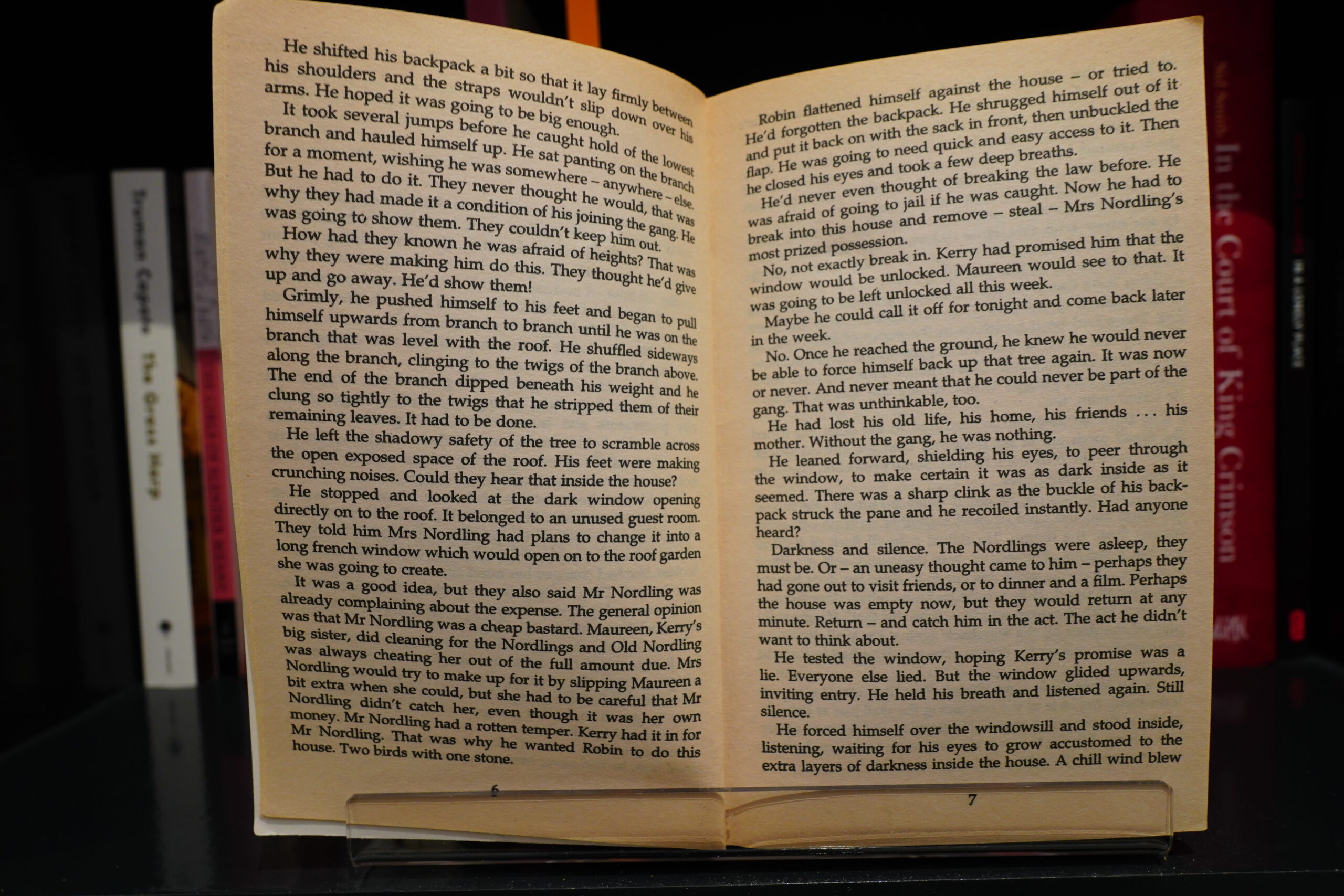

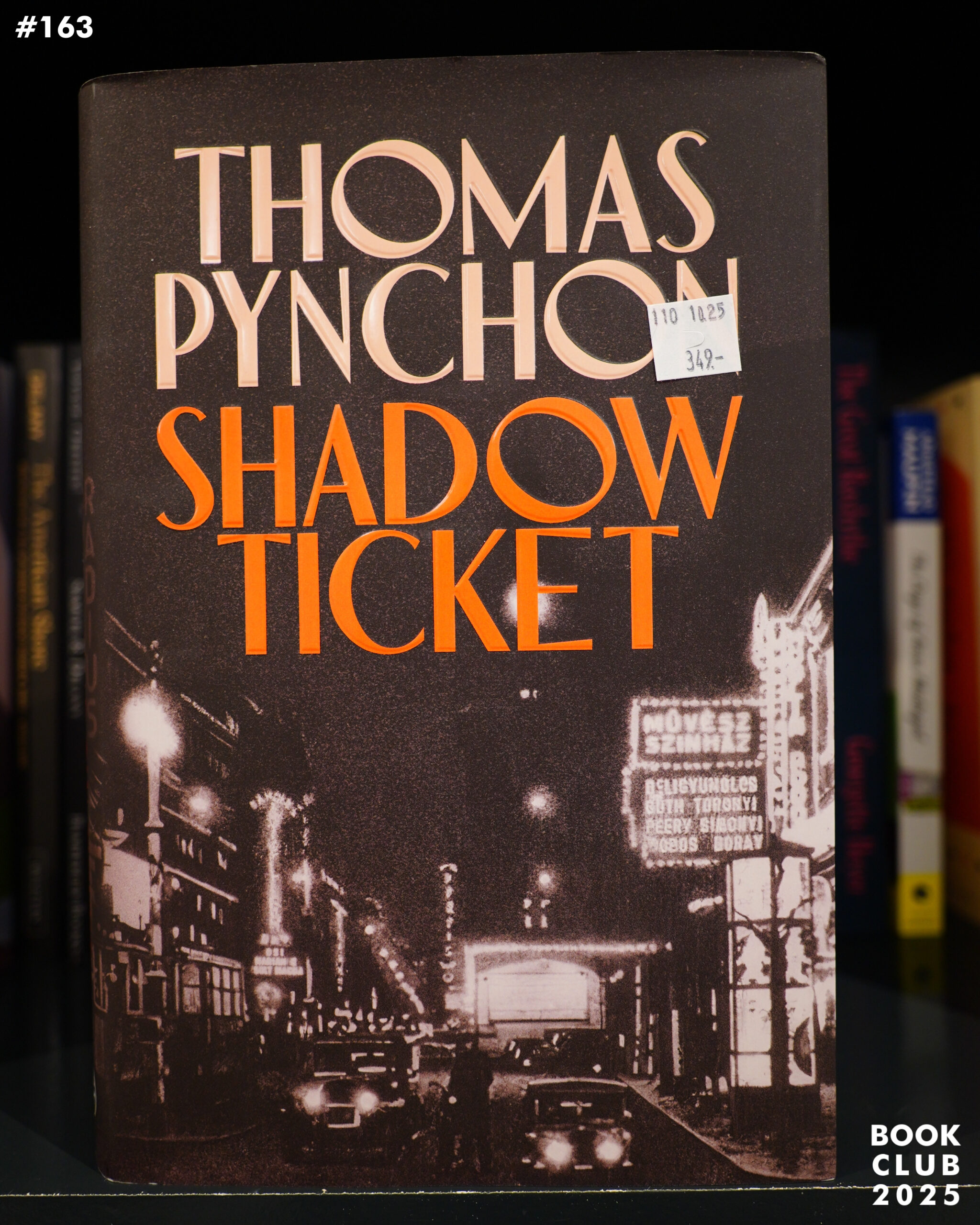

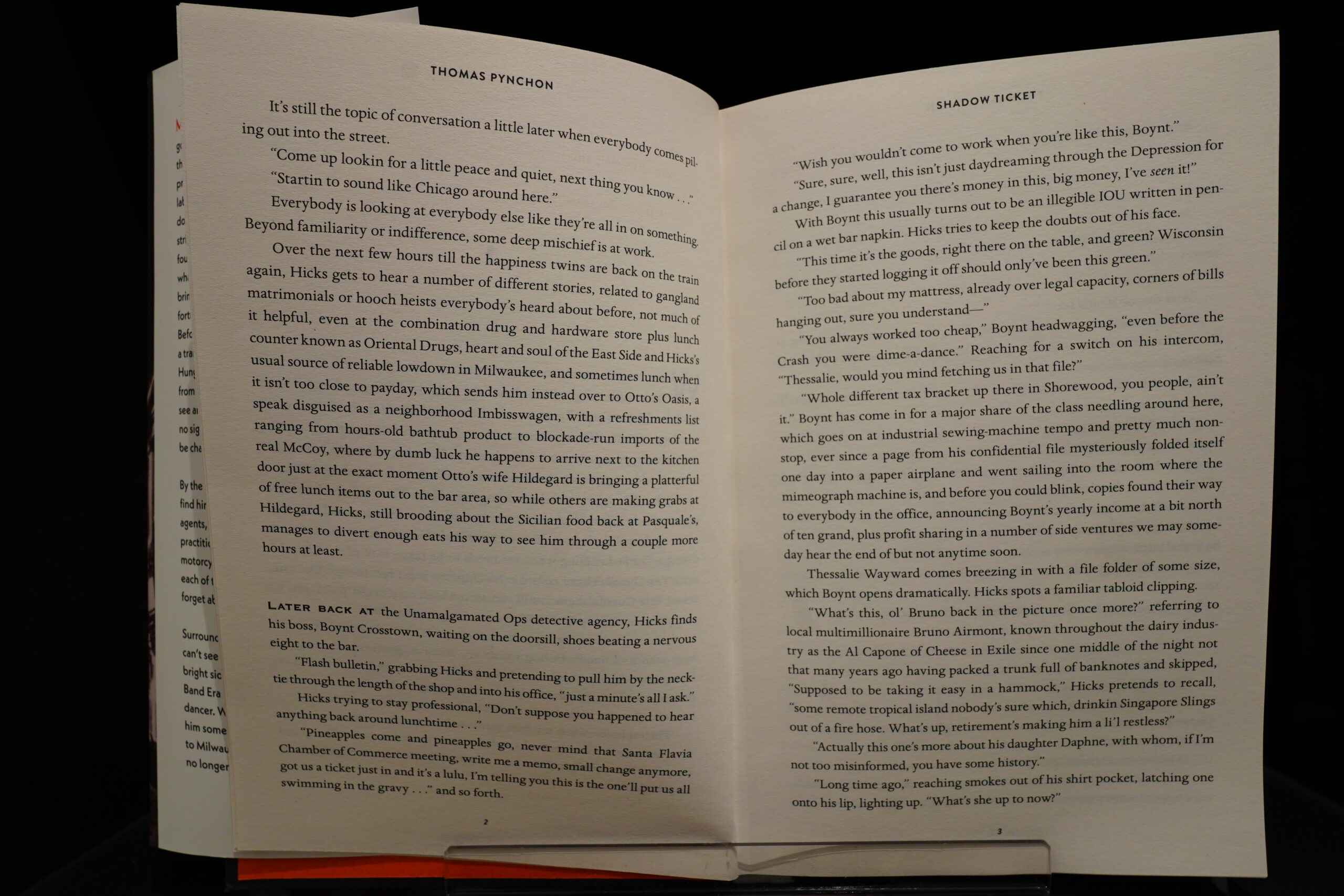










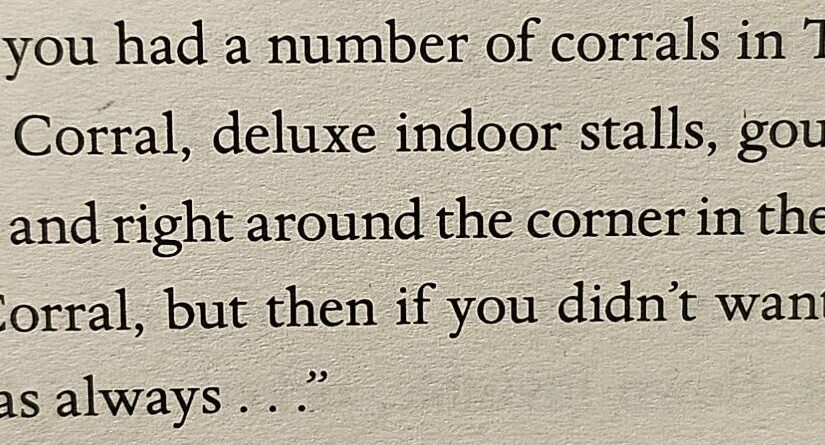









%3A+Quartet)













)


%3A+Heathen)
%3A+No+Plan+E.P.)
%3A+Re%3ACall+6+(1))
%3A+Re%3ACall+6+(2))
%3A+Re%3ACall+6+(3))
%3A+Live+at+Montreux+Jazz+Festival+(1))
%3A+Live+at+Montreux+Jazz+Festival+(2))
%3A+Reality)
%3A+A+Reality+Tour+(1))
%3A+A+Reality+Tour+(2))
%3A+The+Next+Day)
%3A+The+Next+Day+Extra+EP)
%3A+Blackstar)


)


)
)
)
)






)


















